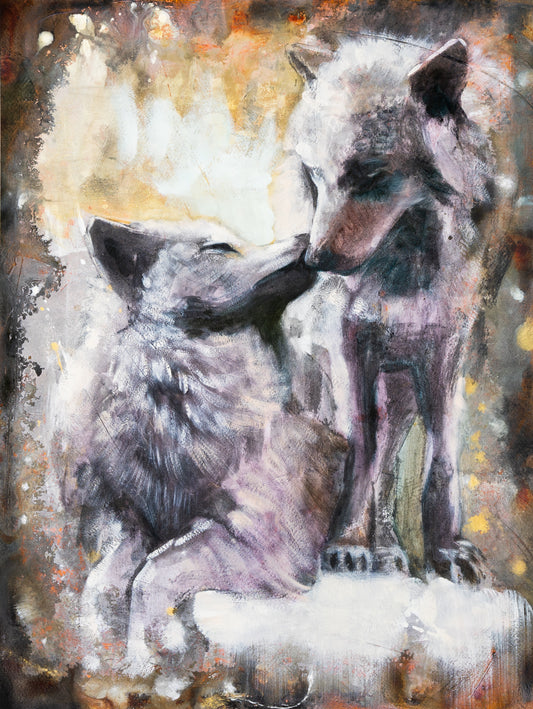Introduction
Hey art enthusiasts! Today, we're diving into an intriguing debate that has captured the attention of artists and art lovers alike: big versus small art. As an artist with a passion for creativity, I've always been fascinated by the impact of size on artistic expression. In this blog post, we'll explore the captivating world of big and small art, their unique characteristics, and the emotions they evoke. So, let's embark on a journey to uncover the beauty of scale!
The Grandeur of Big Art
There's something awe-inspiring about big art that commands attention and leaves a lasting impression. Grand-scale artworks, whether towering sculptures or sprawling installations, have the power to captivate audiences and transform spaces. The sheer size and presence of these creations make a bold statement and evoke a sense of wonder and admiration. Standing in front of a monumental artwork can make you feel small in comparison, while also igniting a feeling of connection with the artist's vision on a grand scale.
Impactful Visual Statements
Big art allows artists to convey their ideas and emotions in an impactful and immersive way. The vast canvas or expansive sculpture provides a platform for artists to explore intricate details, textures, and colors on a larger-than-life scale. It creates an immersive experience for viewers, enveloping them in the artist's world and inviting them to engage with the artwork from various angles. The dramatic impact of big art can evoke strong emotions, spark conversations, and challenge our perceptions.
Intimacy in Small Art
While big art commands attention, small art has its own unique charm. Miniature paintings, delicate sculptures, and intricate drawings offer a more intimate experience, drawing viewers closer to observe the intricacies and subtleties of the artwork. Small art invites us to lean in, take a moment, and appreciate the intricate details that might go unnoticed in larger pieces. The intimacy of small art creates a sense of personal connection, allowing viewers to engage with the artwork on a more introspective level.
Portability and Accessibility
One advantage of small art is its portability and accessibility. Small artworks can be easily displayed in homes, offices, or even carried around as personal keepsakes. They provide an opportunity for collectors and art enthusiasts to build their own private galleries, curating an intimate and personal art collection. Small art also tends to be more affordable, making it accessible to a wider audience. This accessibility allows artists to connect with viewers on a more personal level and share their creations with a larger community.
Finding Balance
The debate between big and small art doesn't have to be a choice between extremes. Many artists explore the balance between the two, creating artworks that incorporate both grandeur and intimacy. Mixed-media installations, for example, may combine large-scale elements with intricate details or smaller components, creating a multisensory experience. This fusion allows artists to convey their message in a nuanced way, appealing to both the desire for impact and the appreciation of subtle details.
Conclusion
In the world of art, size matters, but it's the way artists harness scale that truly captivates us. Big art commands attention and creates immersive experiences that leave us in awe, while small art invites intimacy and introspection, allowing us to appreciate the intricacies of the artist's craftsmanship. Each has its unique power and purpose, and the beauty lies in the balance between the two. So, as we explore the vast and diverse world of art, let's embrace the grand and the intimate, appreciating the creativity that emerges from both ends of the scale.





